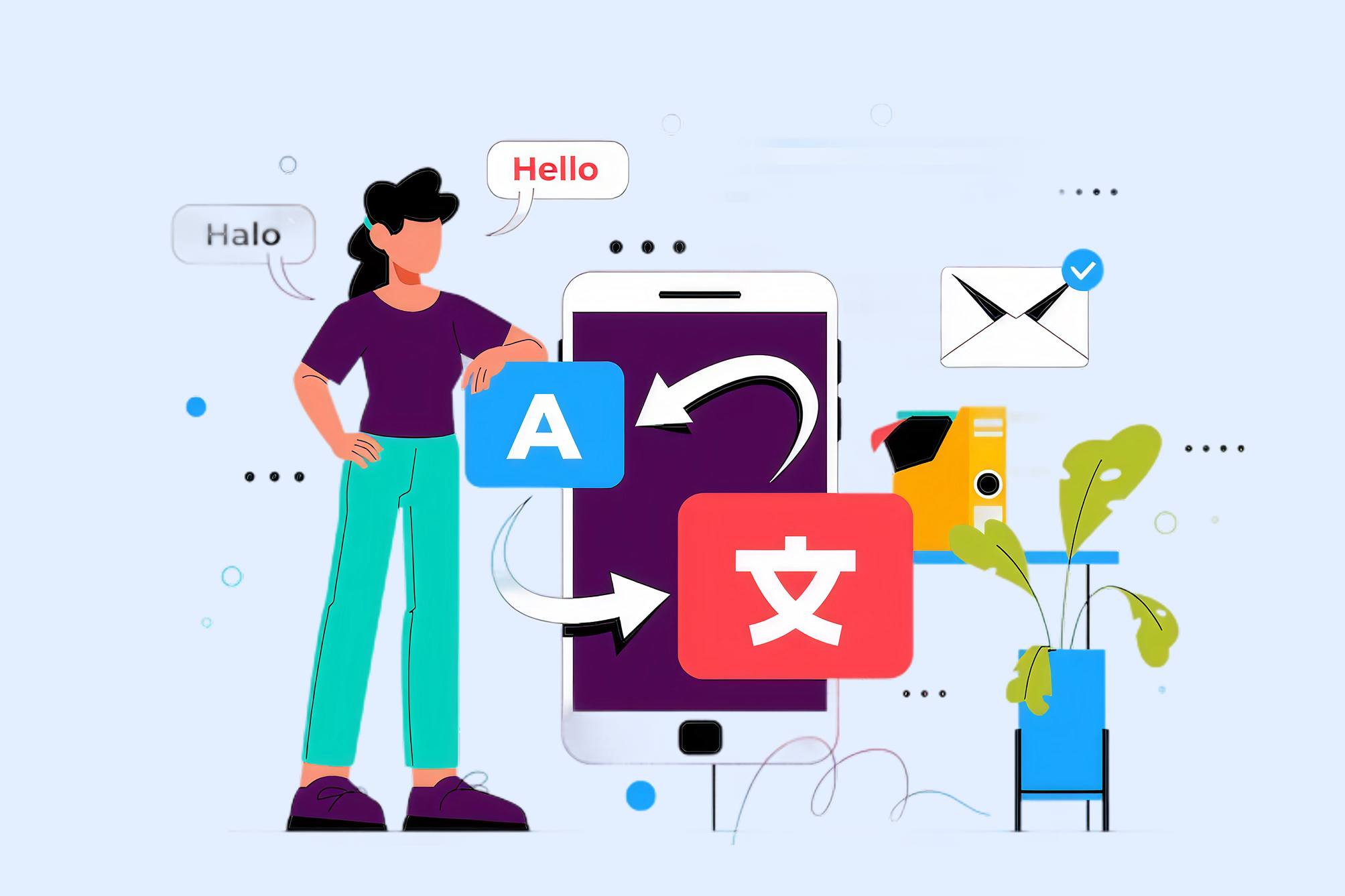Inclusive UX Writing: Language That Welcomes Everyone

Introduction
Words are more than just content—they are conversations. In UX design, every button label, error message, or tooltip is an opportunity to guide, support, and include users. But if those words make someone feel excluded, stereotyped, or invisible, even the most elegant UI can fall short.
Inclusive UX writing ensures that the language in digital products is welcoming, respectful, and accessible to all users—regardless of ability, gender identity, culture, or background. In this blog, we’ll explore how inclusive writing shapes better experiences, the common pitfalls to avoid, and how you can build language that embraces diversity and empowers every user.
Why Inclusive UX Writing Matters
1. Users Are Diverse
Your audience includes people of different ages, cultures, gender identities, and abilities. A one-size-fits-all writing approach simply doesn’t work.
2. Language Shapes Perception
What you write affects how users feel. Inclusive writing builds trust, fosters loyalty, and reduces frustration.
3. It Impacts Retention and Conversion
If a user feels seen and respected, they’re more likely to continue using your product. Inclusive UX is not just ethical—it’s good business.
Principles of Inclusive UX Writing
1. Use Person-First and Identity-Respectful Language
Avoid defining users solely by a condition or label.
Instead of: “The disabled” Use: “People with disabilities”
Instead of: “The elderly” Use: “Older adults” or “Seniors” (contextually appropriate)
Let individuals and communities define their identity terms, and use those respectfully.
2. Avoid Gender Bias
Replace gendered pronouns with neutral ones when gender is unknown or irrelevant.
Avoid: “Each user must update his profile.” Use: “Each user must update their profile.”
Choose inclusive job titles:
- “Chairperson” instead of “Chairman”
- “Flight attendant” instead of “Stewardess”
Use honorifics and titles thoughtfully, and consider providing custom gender options.
3. Say No to Ableist Language
Some everyday phrases may unintentionally marginalize or stigmatize.
Avoid: “That’s crazy,” “lame,” “blind to,” “crippled by” Use: Neutral or descriptive alternatives: “unexpected,” “not working,” “unaware of,” “overwhelmed by”
4. Be Clear, Not Clever
Clarity always trumps creativity in UX writing. Inclusive language should:
- Avoid idioms, slang, or culturally specific references
- Use active voice and simple sentence structure
- Be direct, especially for error messages or instructions
5. Consider Neurodiversity
Design with users who have cognitive and neurological differences in mind:
- Avoid long, complex sentences
- Use descriptive links (“Download the report” instead of “Click here”)
- Offer readable font choices and consistent layouts to pair with your writing
6. Localize Thoughtfully
Translation isn’t enough—localization ensures cultural relevance and respect.
Example: Humor or puns may not translate well. Metaphors like “don’t put all your eggs in one basket” can confuse users from different cultures.
Hire native translators and test your content with local audiences.
Common UX Writing Pitfalls to Avoid
1. Overusing Technical Jargon
Fix: Explain in plain terms or offer an option to “Learn more.”
2. Writing for the ‘average’ user
There’s no such thing. Design for edge cases and marginalized users first.
3. Passive voice in error messages
Avoid: “An error was encountered.” Use: “Something went wrong. Please try again.”
Inclusive Microcopy Examples
1. Button Labels
- Use: “Submit” / “Continue”
- Avoid: “Heck yeah!” or “Get it!” (can confuse or exclude)
2. Form Fields
- Gender: Offer multiple options (Male, Female, Non-binary, Prefer not to say)
- Name fields: Allow for international characters, honorifics, or mononyms
3. Onboarding
- Use supportive, welcoming tone
- Avoid assumptions about user background or skill level
Case Study: Making a Fintech App’s UX Writing More Inclusive
A fintech startup noticed higher drop-off rates during onboarding, particularly among older users and users outside the US.
Problem:
- Slang-heavy onboarding copy (“Get your cash game on!”)
- Gender-binary profile forms
- US-centric idioms and financial terminology
Solution:
- Replaced idioms with clear, supportive language
- Added third-gender and ‘prefer not to say’ options
- Used descriptive, neutral button labels (“Complete profile” instead of “Let’s roll!”)
Result:
- 22% improvement in onboarding completion rate
- Increased positive user feedback on clarity and tone
Tools & Resources
- Microsoft Inclusive Design Toolkit
- Google UX Writing Guidelines
- Hemingway App: Simplify writing
- Write Clearly: Content accessibility guidance
- W3C Accessibility Standards
Conclusion
Inclusive UX writing is not about being politically correct—it’s about being human. It's about acknowledging the diversity of your users and choosing words that respect, support, and welcome them.
Whether you're writing a button label, an alert, or an onboarding message, remember this: Words are powerful. They shape user perception, emotion, and trust. Make them count—and make them inclusive.